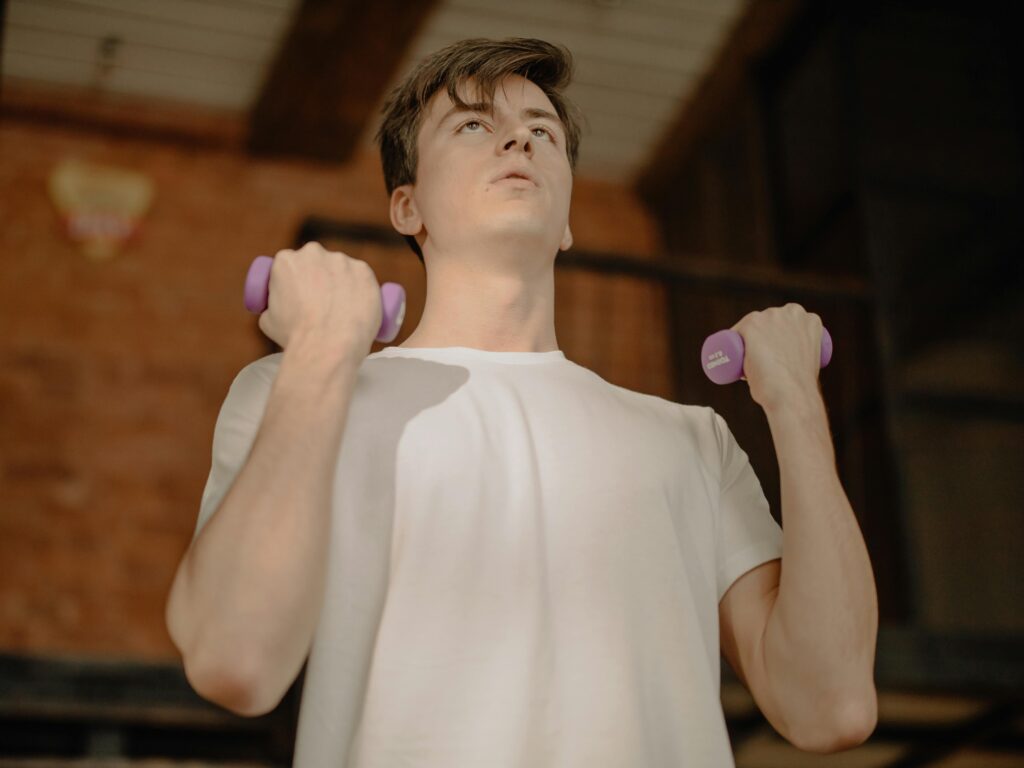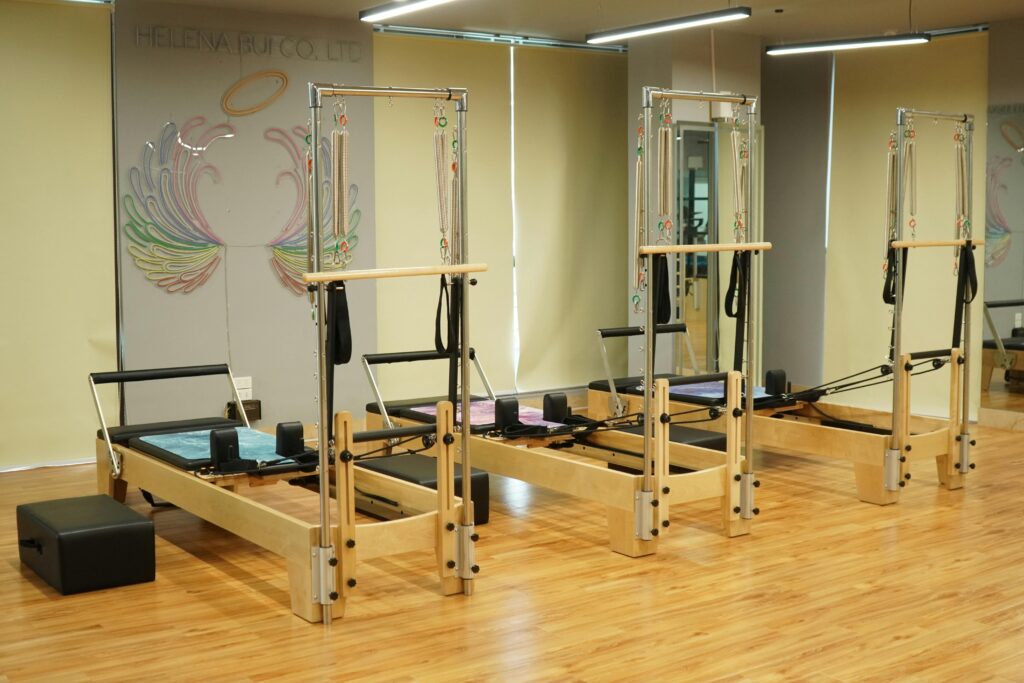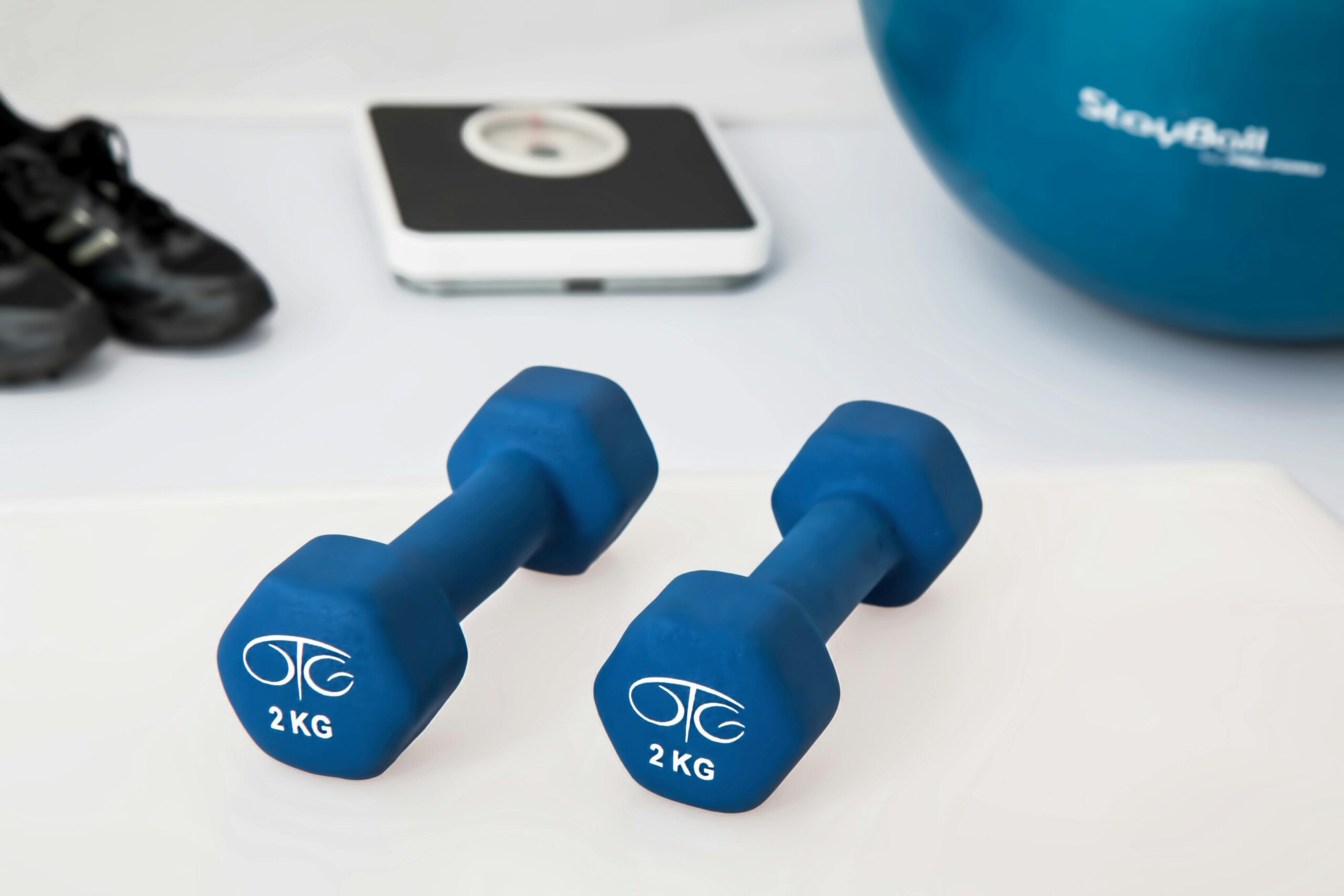Designing a home gym in a small space can be both a creative challenge and an opportunity to rethink how we approach fitness. With apartments and compact homes becoming increasingly common, finding ways to incorporate a functional workout area into limited square footage is essential. Whether you’re working with a corner of your living room or a spare nook in your bedroom, creating an efficient and budget-friendly fitness space is possible. Here’s how to make it happen.
Choosing the Right Location
Finding the best location in your house will help you design a home gym. Small areas like hallways, bedroom corners, or even a portion of your living room will work even if you do not have a whole room to dedicate. The important thing is to pick a space large enough for free movement and safe exercise performance. If at all possible, choose a location close to a window for natural light and ventilation, enhancing your exercise experience.
Think about vertical solutions like foldable tools or wall-mounted storage for small areas. Mirrors can also give the impression of more space and act as valuable tools for form checks during exercises.
Essential Equipment for Small Spaces
When space is at a premium, every piece of equipment must pull double duty. Compact, versatile tools are ideal for maximizing functionality without cluttering your home. Resistance bands are a great starting point; they are lightweight, portable, and perfect for strength training and stretching exercises. They take up virtually no space and can be stored in a drawer or hung on hooks. Adjustable dumbbells are another excellent choice. Instead of purchasing multiple sets of weights, these allow you to change the weight as needed while saving space. Foldable cardio machines like compact treadmills or stationary bikes are also excellent options for cardio enthusiasts. They can be folded up when unused, making them ideal for small spaces. A high-quality yoga mat is essential for yoga and core workouts, stretching, and bodyweight exercises. Suspension trainers like TRX systems can be anchored to doors or walls and offer full-body strength training without taking up floor space.
Budget-Friendly Alternatives

Establishing a home gym need not be expensive. Many reasonably priced and readily available fitness tools include weighing household objects, including backpacks loaded with books or water bottles. Another reasonably priced choice is buying used equipment from neighborhood markets or fitness swaps. Another excellent way to keep in shape without spending money is bodyweight workouts, which require no equipment.
Designing Your Home Gym Layout

When designing your home gym, careful space use is vital. Measure the accessible space first, then map out where every piece of equipment will fit. For smaller objects, mats, and weights, think about hanging shelves or racks on walls. Additionally, multipurpose furniture, such as benches that double as storage containers or ottomans with secret sections, helps to maximize your space.
Clear areas are vital; set apart one area for cardio and another for strength building or stretching. If you share the area with other purposes, such as a living room, consider tools that fit the décor or can be quickly packed after usage.
Workout Plans for Small Spaces
A well-rounded exercise program doesn’t call for big areas or plenty of equipment. Starting with a basic program comprising strength training, cardio, and flexibility exercises, you may Emphasize bodyweight movements such as squats, push-ups, and planks in strength training. Use resistance bands for rows and other strength-building drills.
High-intensity interval training (HIIT) exercises are efficient and space-saving for cardio. Try varying between burpees, jumping jacks, and high knees for a rapid and furious cardio session. To help flexibility and chill down, finish with some yoga positions or stretching exercises.
Maximizing Space Efficiency
To maximize small space, emphasize innovative storage options and multifunctional equipment. Hang towels, jump ropes, and resistance bands from hooks or pegboards. Choose foldable seats or small racks that you can hide away when unused. If your money allows, consider purchasing all-in-one little gyms.
Also, ensure everything is placed correctly and arrange tools to keep the area clutter-free.
Creating an Inviting Atmosphere
A small gym should not seem crowded or boring. Motivational wall art or vivid colors will help inspire your workouts. Good lighting, whether natural or synthetic, can also greatly affect the inviting quality of the space.
Another fantastic feature is mirrors; they not only make the room seem bigger but also help you maintain correct form during workouts.
Final Thoughts
Though it needs careful design, building a home exercise facility in small square footage has excellent benefits. You can reach your exercise objectives without leaving your door—or compromising too much living space—by selecting flexible tools, the best storage options, and an innovative layout. Even the smallest area of your house may become a powerhouse for health and wellness with regular work and imagination.

Leave a Reply